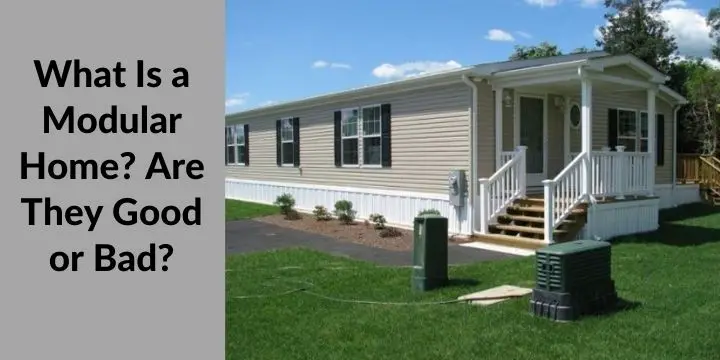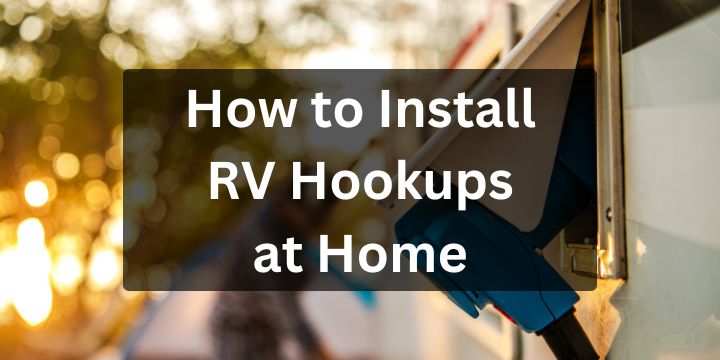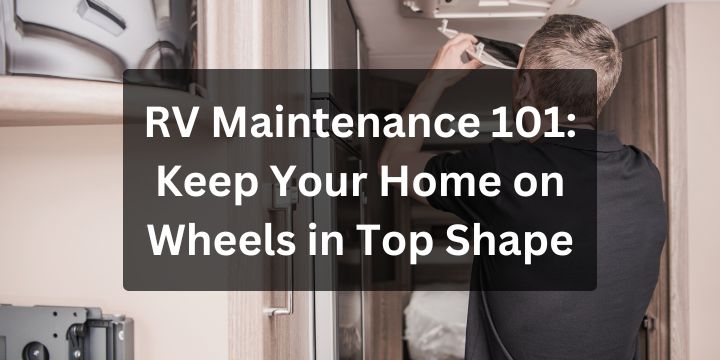
What Is a Modular Home? Are They Good or Bad?
One of the first architectural issues that one must consider when designing a house is how to make it last. No one wants to come home every day and find their house getting smaller or falling apart. However, future trends are pointing toward houses at least becoming modular if not disappearing entirely. This will probably only happen gradually over the next few decades, but this transition has clear advantages.
But, what Is a Modular Home?
The term “modular home” refers to manufactured housing knocked down into individual modules and transported to a building site to be assembled onsite. The modules may arrive on different trucks over several days or weeks, depending on the size of the house being built.
Modules are typically hauled by truck or train to construction sites, which is why people describe them as mobile homes, although they’re not the same thing as trailers.
Modular homebuyers can choose from an almost unlimited number of floor plans created by builders who know what appeals to their target market. This differs from site-built homes, where buyers choose from a limited number of house plans designed by architects and builders.
> You may also like:45 RV Accessory Must-Haves for Your Travel Trailer<<
Interesting Facts about Modular Homes
Manufactured homes are built in a factory, but modular homes are put together at the construction site. Modular homes have become increasingly popular since they were introduced to the market in the 1950s. Another thing, they’re a lot more expensive, but at least you know what you’re getting.
A typical modular home may be built in a factory anywhere from 16 weeks (for small or simple structures) to 3 months (for large, complex homes). The house remains intact until it reaches the building site—all plumbing, electrical wiring, and air conditioning are already installed.
Modular home manufacturers typically produce only one type of structure at a time, meaning that demand for what they offer tends to outstrip supply by several thousand units. Because this market is highly competitive, modular housing salespeople are under pressure to sell homes quickly, sometimes before they’re completed.
Modular home dealerships are subject to the same kinds of sales gimmicks as site-built home companies. In general, it’s a good idea to steer clear of any “quick sale” on a new home. Modular homes have undergone government safety inspections, and their quality is monitored by federal agencies such as HUD (the U.S. Department of Housing and Urban Development) to protect consumers.
Video Overview: What Are Modular Homes?
Are Modular homes good or bad?
Some people love them, and some people hate them. But why? What’s the difference between a regular house and a modular home?
Modular homes were invented as an economical solution for those seeking to move quickly or simply those who don’t care to build their own house from scratch. They are generally built at factories, then shipped in pieces and assembled on site. This is supposed to save money and time: like Ikea.
Those who love these houses usually appreciate that they allow you to live ‘comfortably’ without having much space; however, others complain that they tend to be cheaply made, ugly, and too small for normal living standards. The resale value of Modular homes is also said to be lower than traditional houses.
Some experts have shared their opinion on this matter by saying that they tend to be cheaply made, last for a shorter time, and look cheap next to traditional homes, which gives them a poor resale value. But is it so bad? Or is there something else that has not been taken into consideration?
> You may also like:Worst 5th Wheel Brands to Avoid <<
What is the Good about Modular Homes?
Lower cost: Modular homes cost less because they’re built-in controlled conditions, and the costs associated with acquiring or renting additional space for production are eliminated.
Streamlined process: Building modules requires fewer workers than building a site-built house onsite. And the order in which modules arrive at a construction site may vary from what was planned, so there’s flexibility when assembling components.
Lower insurance costs: Homeowners with modular homes have lower premiums than homeowners with traditional houses because insurers see them as less risky.
What are the downsides of modular homes?
Can’t customize as much: You can typically customize a modular home’s interior details, features, and colors, but not as much as you can with a site-built home. The house plans are predetermined.
May be perceived as temporary: Some people may think of modular homes as being less permanent than site-built housing because they’re built in factories rather than at building sites. However, the quality of materials used in modular construction is just as high as for conventional buildings, and most last for decades.
More expensive land: Modular homes take up more space relative to their footprint, so it costs a bit more to purchase a good plot of land for them.
Video overview: The PROS/CONS Between Manufactured and Modular Homes
So, are they good or bad? The Summary
In the end, Modular homes are good from an economic point of view because they can easily be built and shipped to where you live. You don’t need to pay for the land, nor do you have to wait very long before moving in. But there’s a downside: because it’s all made at a standard factory setting, you lose some flexibility when it comes to customizing every last detail to make your house a HOME truly.
Most people don’t have any major preference between site-built houses and modular ones. They’re both home sweet home. Whether you’d buy one or another would depend on many factors, including price, location, design, etc. Do you know? There might be cases where people prefer modular homes depending on their needs.
Many people would hate it because they don’t like the idea of living in what they consider to be a temporary house. Modular homes are not as durable or attractive as site-built homes (depending on your standards). Some say that modular homes can be described as “warehouse storage units with walls.” The worst part is that if you decide to move, you might have trouble selling your home.
Conclusion
Modular homes are good but not as good as regular houses. Although they’re cheap and can be faster to build, you lose flexibility because of what we mentioned earlier – the fact that it’s all made at a standard factory setting.
> You may also like: Why America’s Most Popular National Parks Need to Be on Your Bucket List <<


